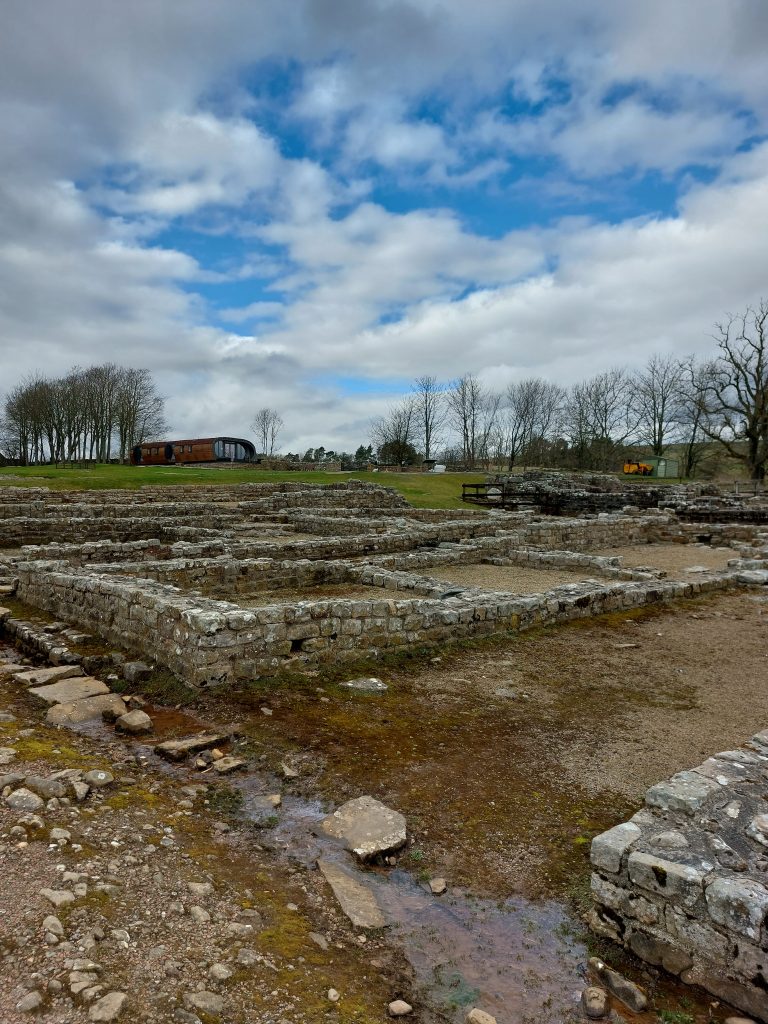October 2022 was a busy month for the team with two sampling trips, one at Colchester (near London), and the other at Vindolanda in northern England. Both turned out to be productive trips with nearly 400 sherds collected for organic residue analysis, which will soon be subjected to lipid extraction at the University of Bristol, and later analyzed with high resolution gas and liquid chromatography and mass spectrometry.
Category: News
Team meets in Bristol

In July 2022, the team assembled in England for our annual meeting for the Roman Melting Pots project. The main goals of this trip were for the team to finally meet in person (five out of six members were onboard at last!), and to discuss the project’s main research areas: ceramic analysis, organic residue analysis, and analytical chemistry. Rachel, Anastasia, and Simon travelled from Germany to Bristol, which would serve as home base for the week. We all travelled to the University of Exeter first to hear about Martin’s work on pottery in the NW Roman provinces. We learned about Martin’s approaches to ceramic analysis, how he collects and analyzes his data, and a synopsis of ceramics from each of our three case study sites: Colchester, Vindolanda, and York.
Roman melting pots at Vindolanda!

Earlier in (March) 2022, Martin and Lucy were kindly hosted by the Vindolanda Trust for a trip to collect pottery samples for organic residue analysis. The aim of our visit was to gather enough pottery sherds from different kinds of pottery vessel (e.g. jars, dishes and bowls) from different archaeological contexts, so that our technician (Rob) would be able to get started on grinding up samples for analysis later in the year. As the first of two planned trips to Vindolanda, this time our focus was on pottery from the period IV site, c. 105-120 CE. Of particular interest was material from the 2017 excavations of barracks associated with Varduli cavalrymen, hailing from N. Spain. We hope the residue analysis of this material will make an interesting contrast with pottery sherds taken from the 2013 excavations of extramural roundhouse and adjacent rectilinear building, likely associated with civilian members of the wider Vindolanda community in the same period of the early second century CE.